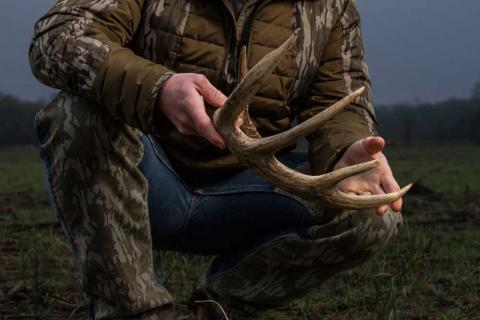Brent Birch
Just like most things in today’s world, waterfowling has been impacted with the good, the bad and the ugly of social media. “Pile” pictures of smiling hunters and dead ducks dominate the feeds of most waterfowlers immersed in the popular platforms. One can also find lifestyle photos promoting industry brands and some fantastic wildlife photography.
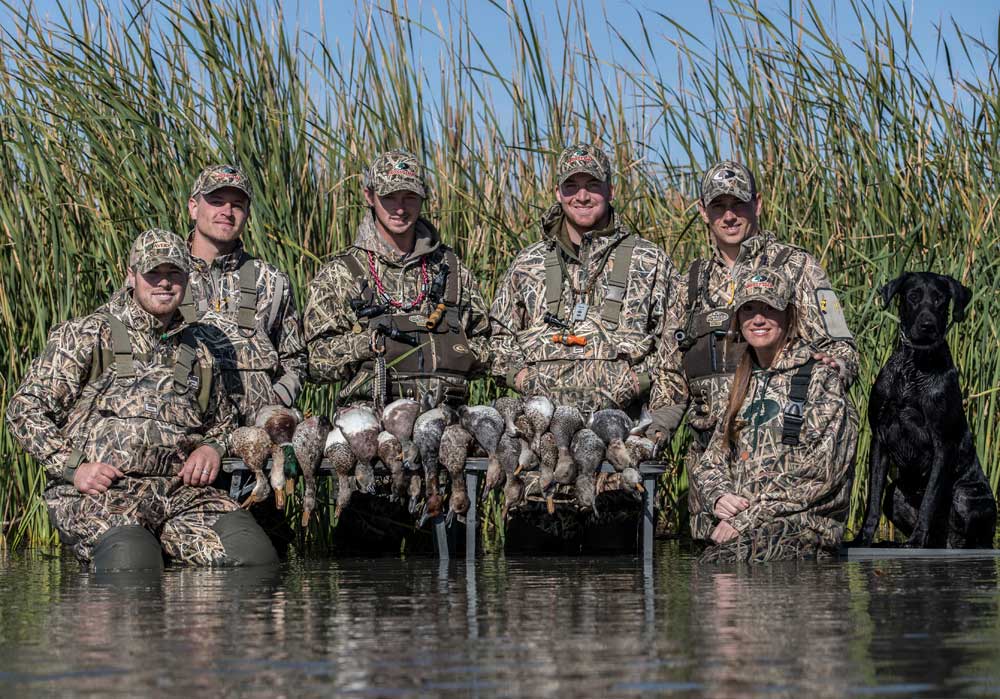
Make no mistake, social media has value. I have been exposed to numerous products and some amazing photographers through Instagram. The platform also proved to be a good marketing channel for my book, The Grand Prairie: A History of Duck Hunting’s Hallowed Ground. The cost effective, wide reaching nature of social media allowed me to reach hunters across the country that would have been nearly impossible otherwise. Countless brands are doing the same and both hunter and brand are benefiting.
Read an exerpt from The Grand Prairie: A History of Duck Hunting’s Hallowed Ground.
On the flipside of the coin, false expectations, misinformation and what’s become a glorified “brag board” has put the sport of waterfowling in a precarious position. The explosive growth of social media has pushed duck and goose hunting farther away from the traditions and history of the sport. A new generation of hunters are leaning most heavily on social media versus becoming an understudy of someone with decades of experience that is familiar with the ups and downs of chasing ducks.
Who Gets Them Every Dang Day?
Despite what one may see on social media, very, very, very few people get after them day in, day out. Modern day ducks are more pressured which has in turn made them “smarter” than anytime in waterfowling history. This has been amplified with a couple of tough breeding seasons where fewer young, dumb ducks are in the flyway.
Believe it or not, there are people out there who will use various photos from one productive hunt and use them again in the following days or even a season or two later. All in an effort to portray they are still stacking them up. Whose ego needs that kind of stroking?
There are farms/clubs/woods that do extremely well more days than not. But those that scroll social media with great envy need to keep in mind that a particular place may pour an inordinate amount of dollars into their properties to recruit and hold ducks. Most duck hunters don’t have the means to do that or the right property.
Also some properties have a natural attraction to ducks where the farm next door draws no ducks. Regardless of how good a block of woods looks or its adjacency to a high producing, similar property, the ducks just may not like it. No matter how much money is poured into the place to improve habitat, the ducks just don’t consistently gravitate to it. Typically, dollars cannot solve that issue. There are a handful of prime properties out there that produced long before social media and likely will long after if managed properly.
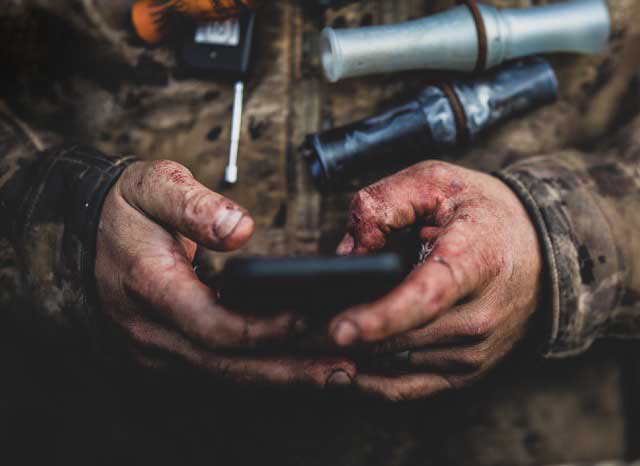
Don’t Believe Everything You Read
There’s hardly a thing in the present world that isn’t impacted by misinformation online. This isn’t the medium to get into all that except as it applies to waterfowling. The trick is being able to weed through what is legit and what isn’t. And that is quite a challenge.
Conspiracy theories abound as to why ducks stop short of the southern states. The advocates of the flooded corn theory have built a sizable contingency of believers, mainly through social media. There is no question that the habitat north of Arkansas, Mississippi and Louisiana has improved in the last decade or so.
Flooded corn and/or improved habitat is a factor, but not the only factor. Regardless of how much food there is available to waterfowl, if it is covered up by snow or frozen for an extended period of time, ducks and geese will move. The weather just has not been much of a factor the last few years when hunter productivity has lagged. Hunters need hungry and foraging ducks and unseasonably warm temperatures do not motivate waterfowl to move much during daylight.
Another hot topic that has gained momentum the last couple of seasons is the Mississippi Flyway has shifted west to the Central. Despite little to no scientific evidence supporting this perceived deviation, many waterfowlers believe this to be true. And by science, I am referring to banding data and waterfowl outfitted with GPS transmitter devices.
If the ducks are not in the Mississippi Flyway, then they must be where the guides in Oklahoma, Kansas, Nebraska and the Texas Panhandle are posting big “pile” pics daily on Instagram. Naturally, due to opportunity and less pressure, there has been an increase in outfitters in those states who in turn are much more active online posting pics with happy clients in an attempt to attract more. Social media is a crucial marketing tool for outfitters as they can showcase successful hunts and top notch accommodations to the masses.
The big difference is those Central Flyway outfitters range 10s of thousands of acres in their area scouting for waterfowl every day and have the ability to knock on doors for permission to access.
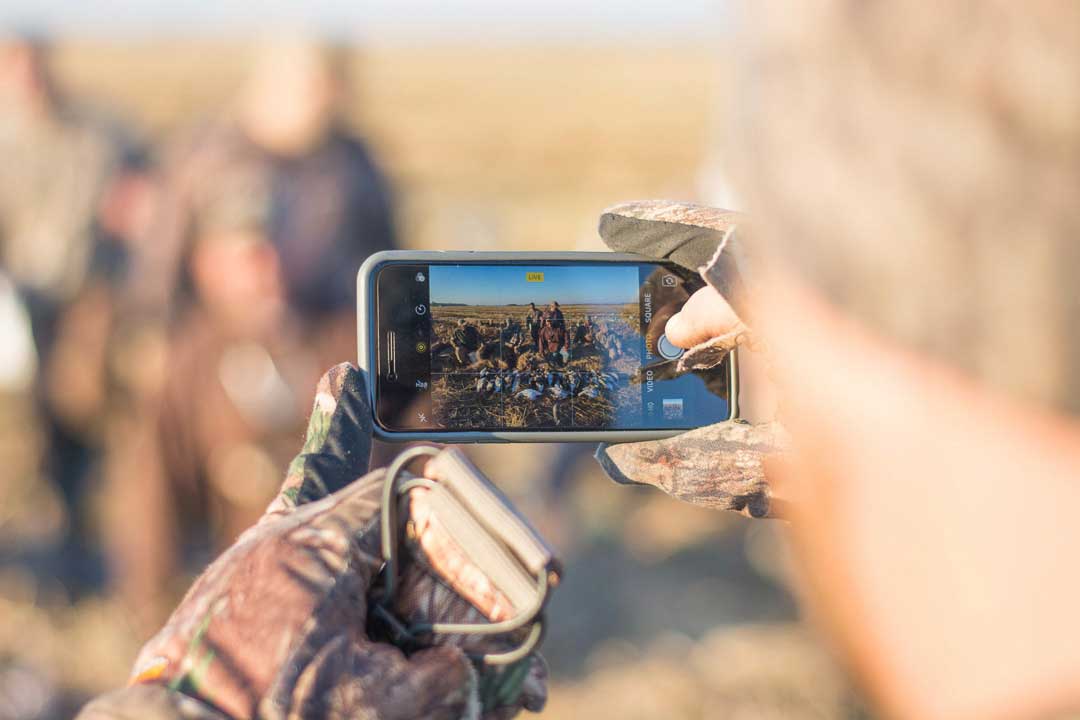
You cannot do that in many places, especially Arkansas, where just about every field capable of holding and hunting ducks is actively hunted by the landowner and/or a lessee. Imagine if you could drive around the Grand Prairie region of Arkansas until you find a rice field the ducks are bombing and all you had to do was ring up the owner and offer a nominal fee to gain access. That capability will likely never happen in Arkansas and most other traditional waterfowling states, because the habitat is shrinking and/or more coveted by those that are still chasing ducks.
The Central Flyway is the new frontier in that regard. Those states have the same volume of ducks they have always had but now the waterfowling world is finding out about it due to social media. And with that, more outfitters have sprung up competing for the same honey holes. Expect that to continue which will likely compromise the hunting quality.
There is no doubt there are some fantastic, traditional hunting spots in the Central Flyway states that can rival anything in the Mississippi Flyway. Great duck hunting exists in the Central Flyway and has for decades. Social media has allowed more people to find out about it so the flyway shift theory has taken on a life of its own. Until science says otherwise, the flyway shift theory is just noise.
Less Tech, More Tradition
There is a whole generation of waterfowlers that do not know about hunting without a cell phone and social media. That is a good thing, as the sport needs them. Conservation efforts for the longevity of the sport need license sales, hunting equipment purchased for Pittman Roberston Act dollars and so on. Waterfowl can’t survive without hunters as we are the greatest conservationists.
My hope is more and more of today’s waterfowling community to start caring less about the likes and more about the traditions of the sport. Rely on the past to improve the future versus the right now of social media. There is frankly too much talk about how many, how fast someone got them on any given day. Or just flat lying about it on social media to keep up appearances.
We as waterfowlers have to be better than that.
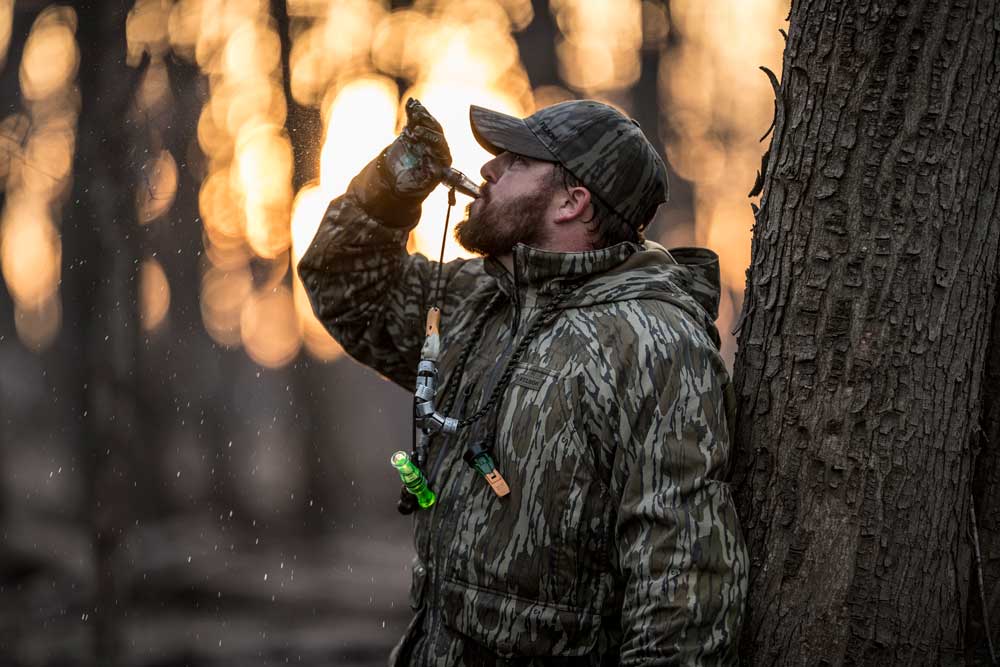
Social media has its place in duck hunting but we as a community need to seek ways to use the platforms for the betterment of the sport. More educational, less bragging. More collaborative, less divisive. Too often, I will stumble across a discussion topic online with a question from someone new to the sport only to be dogged by those that perceive themselves to be the greatest duck hunters of all time with replies full of ridicule. Seems to mirror our society in a lot of ways which is unfortunate.
Now is the time for waterfowlers new and old to pump the brakes on how social media is used within the sport. Not everything is what you see or read. Waterfowlers need to be encouraged to find ways to use the platforms for the betterment of the sport, not to pull others down or create misconceptions.
One of the recent positive trends I have noticed is hunters or groups of hunters that have never met face to face actually getting together to hunt, have a beer or just talk ducks. This was made possible only because of social media as many are connected offline in any way due to region, friend circles or whatever. If more of that happens, the sport will be better for it. Guaranteed.
Waterfowling has so many other things to offer and many of those things the whole world does not need to know about. It is ok to have a great hunt and not post pictures about it. Save those posts for the remarkable ones where something truly special happened. First duck for a youngster. A double-banded greenhead in your favorite hunting hole. A five-star breakfast in the blind. Those are the experiences worth cherishing and posting. Daily kill pics…not so much.
The point is…if you are duck hunting for the “likes,” you are doing it all wrong.















